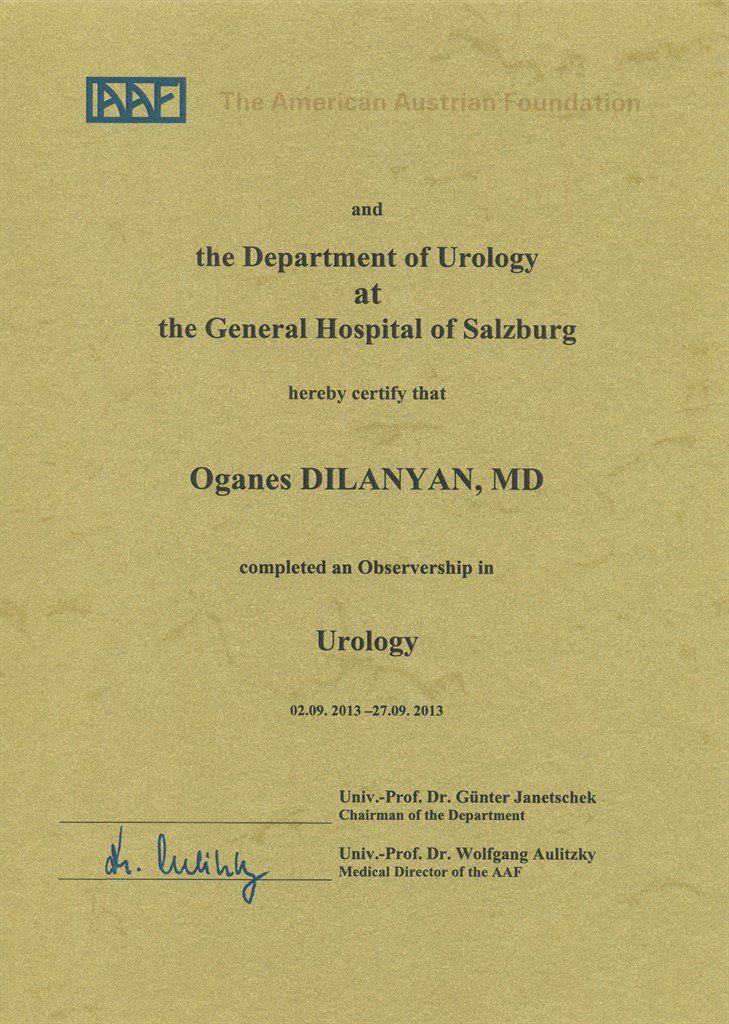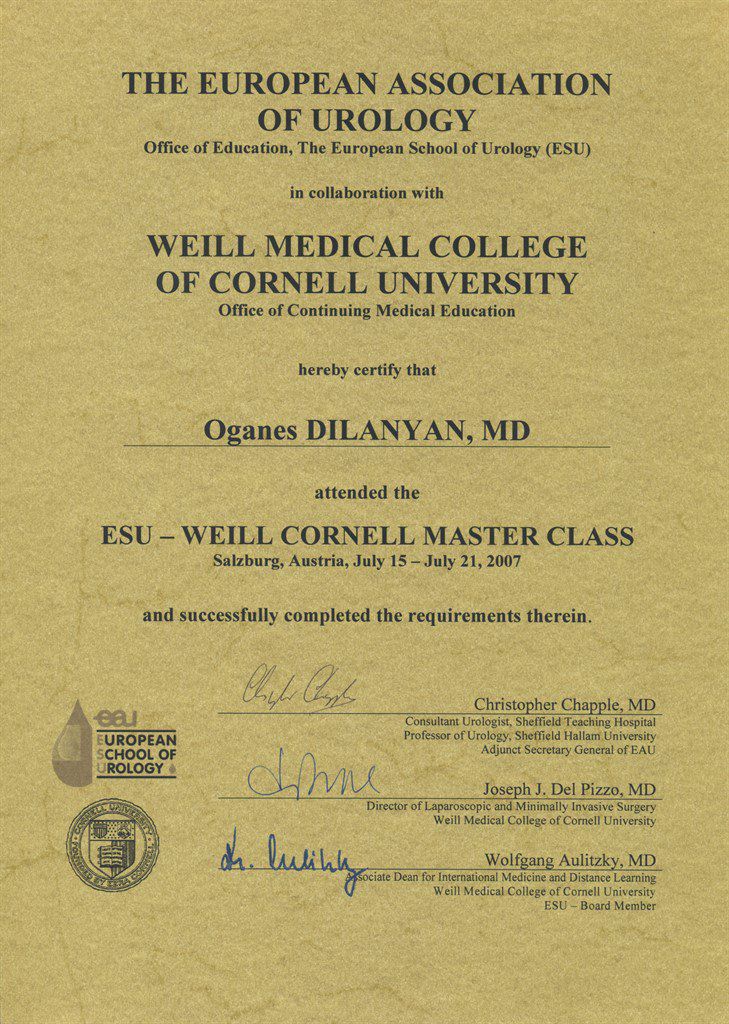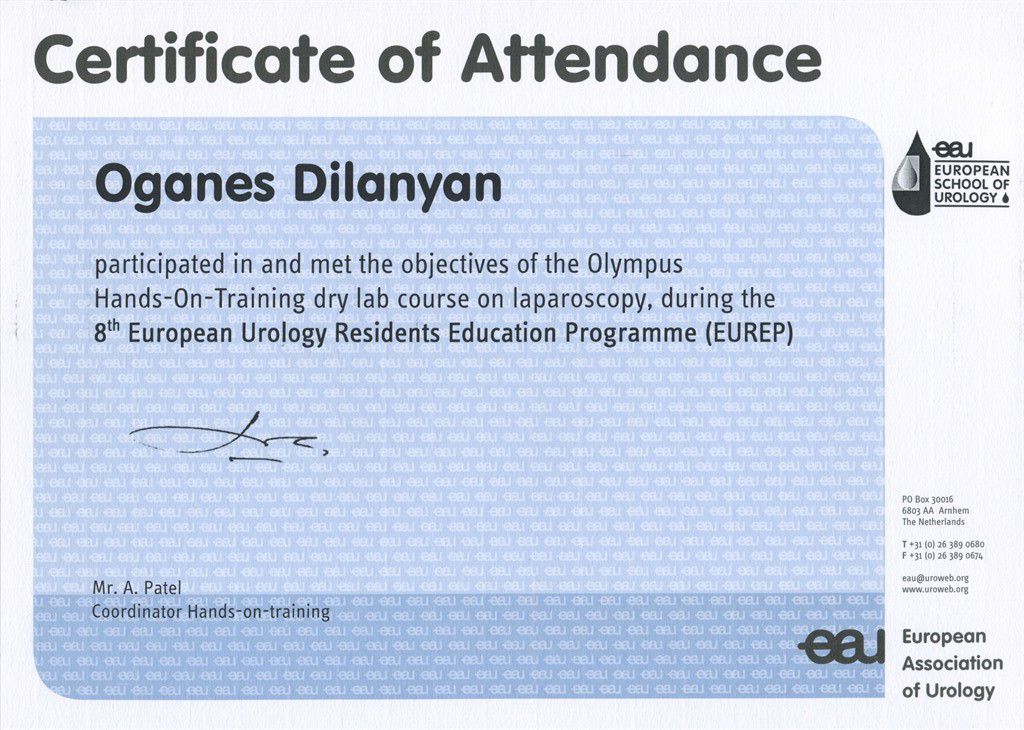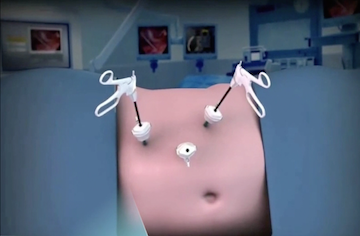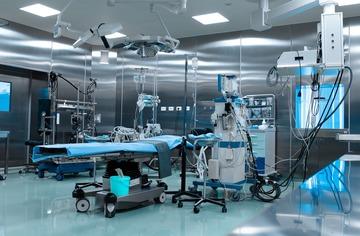— Well… — I am looking at the x-ray results realising that no exercise or support belt are going to help here. The kidney is down by 3 vertebrae and one third of the kidney is positioned in the pelvis. – You know, I think you should have surgery.
— I knew it, I knew this would not end well, - the patient says while looking defeated. This is just what happened to my aunt.
— Your aunt?
— Yes… My mum’s sister had a floating kidney and had surgery for it. It ruined her life. After the operation she stayed in bed for 30 days. She had terrible pain. She and her husband got divorced because of her scar. 15 years after the surgery she has a hernia on the incision site and this hernia had been operated on 7 times. I don’t want surgery.
— Or maybe you don’t want the same surgery your aunt had?
— Yes, I would rather be taking medication all my life than suffer the same way my aunt did.
— You see, nowadays open surgery is practically never used to treat floating kidney. There is laparoscopic surgery. And instead of a large incision there are 3 small punctures, each no bigger than 5 mm in diameter.
— I thought laparoscopy was only used for ovarian examinations.
— It’s not just for that. Laparoscopic surgery has now replaced many different operations. And some operations are only performed laparoscopically. For example, the lifting and fixation of the kidney in the presence of nephroptosis.
— What do you mean by “kidney fixation”?
— A special mesh is placed under the kidney. It is secured in the way that the kidney sort of sits in a hammock. The mesh supports the kidney not allowing it to go down more than it should. The urinary outflow is then normalised, the bacteria does not have time to multiply, and pyelonephritis is gone. The artery returns to its normal position and its diameter returns to its normal size therefore high blood pressure problems also disappear.
— And what about scarring? After surgery, there surely are scars. And how long will I have to stay in hospital for?
— After 6 month you won’t be able to find them even if you look for them. Hospital stay is 2-3 days. Maximum.
— Does the mesh need to be removed at a later date?
— No, it stays in the body for good.
— Will I be able to feel it?
— Of course not, like you don’t feel the fillings in your teeth.
— Doctor, tell me, will I be able to give birth?
— Of course. Pyelonephritis will be gone and your blood pressure will be normal, and there are no other contraindications.
— And... — My patient is slightly embarrassed and is looking awayПациентка смущенно отводит глаза, — Will I be allowed a parachute jump? It’s my dream. I know it sounds stupid but what if the mesh tears off?
— Nothing stupid about this question. A month later a very strong connective capsule forms around the kidney and creates a natural supporting structure for the kidney. So, jump to your heart’s content.









